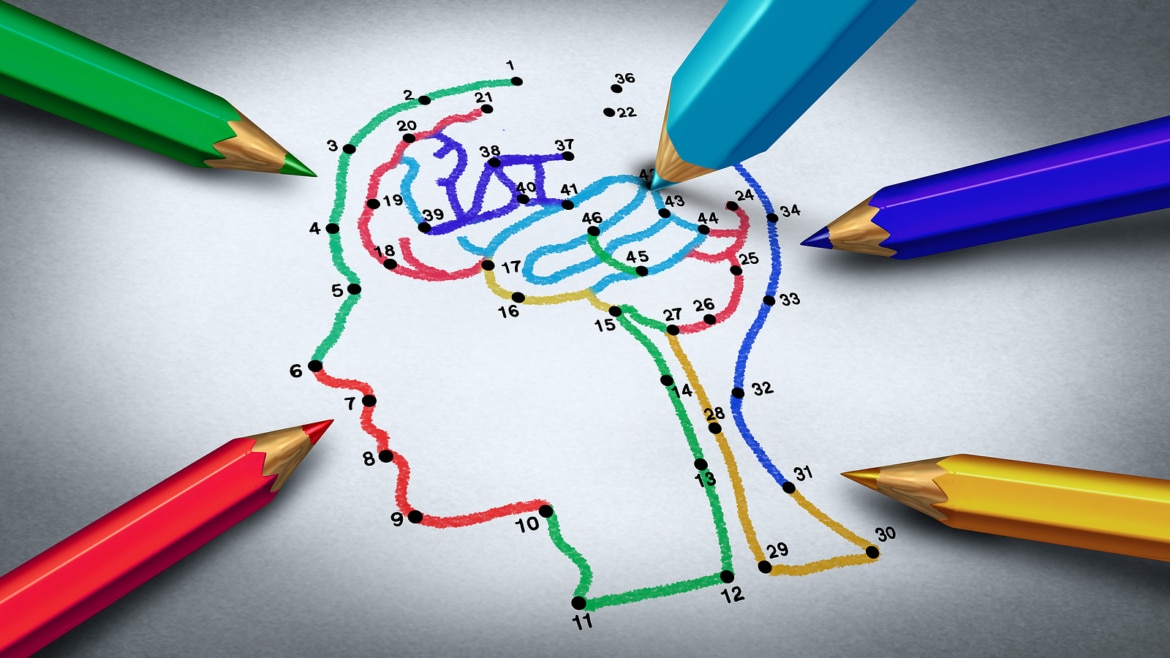Dr Evdokia Anagnostou, a neurologist at Holland Bloorview Rehabilitation Hospital and the University of Toronto, studies autism spectrum disorder (ASD). She has recently published new research that may change our thoughts about ASD.
How studies of brain scans provide new insights into ASD
Anagnostou and her team used brain imaging to study the brain differences of ASD children versus those with neurodevelopmental uniqueness like ADHD & OCD. The team found no one brain difference that all children with ASD and ADHD shared. Brain scans could not distinguish between the two groups of children.
According to Dr Alycia Halladay, Chief Science Officer at the Autism Science Foundation, the study looked at multiple structural and functional brain features, including “cortical gyrification, cortical thickness, subcortical volumes, and resting state functional connectivity.” The researchers found no substantial or profound differences between the ASD and ADHD brain scans.
Alycia Halladay added that groupings did emerge, but the brains were more similar based on cognitive ability, hyperactivity, and adaptive behaviour. Suffice it to say, the brains of children with ASD looked similar to those of ADHD children, and vice versa.
These findings indicate major implications for how we think about ASD. Dr Anagnostou describes an example of two children, one with mild ASD and one with severe ADHD. The child with severe ASD is known to have social and communication deficits such that even the bus driver knows that child has Autism. Dr Anagnostou asks, “should these two children (the one with mild versus the one with severe) be diagnosed with the same thing or rather be given the similar diagnosis?”
The answer, according to this new research, maybe no. Currently, they do tend to be grouped and diagnosed with the same approach. Still, many scholars are dissatisfied with the American Psychiatric Association’s introduction of the all-encompassing ASD diagnosis in 2013.
Lancet Psychiatry commission, a team of international experts, suggested the creation of a new label – profound Autism – to describe children with the most severe symptoms. Their objective was to carve out this small but significant group of children who need different and more specialised treatments; This new research may be a step in that direction, showing that biological evidence for a category of profound ASD may exist.
The controversy surrounding the autism spectrum diagnosis
Suppose cognition and hyperactivity are much more correlated with brain difference than variables like the social deficit, which are considered core symptoms of Autism. In that case, this has major implications for how we think about and treat ASD and create a more personalised diagnosis based on these findings. But, as with all research, replication will be key to determining if these findings hold up. If they do, we may be on the cusp of a new way of thinking about ASD that considers individual differences in brain structure and function.
Therefore It’s paramount to continue this research to create better treatments and interventions for children with ASD; thus, Aligning our diagnostic system with biology will ensure that every child with ASD gets the best possible diagnosis.




